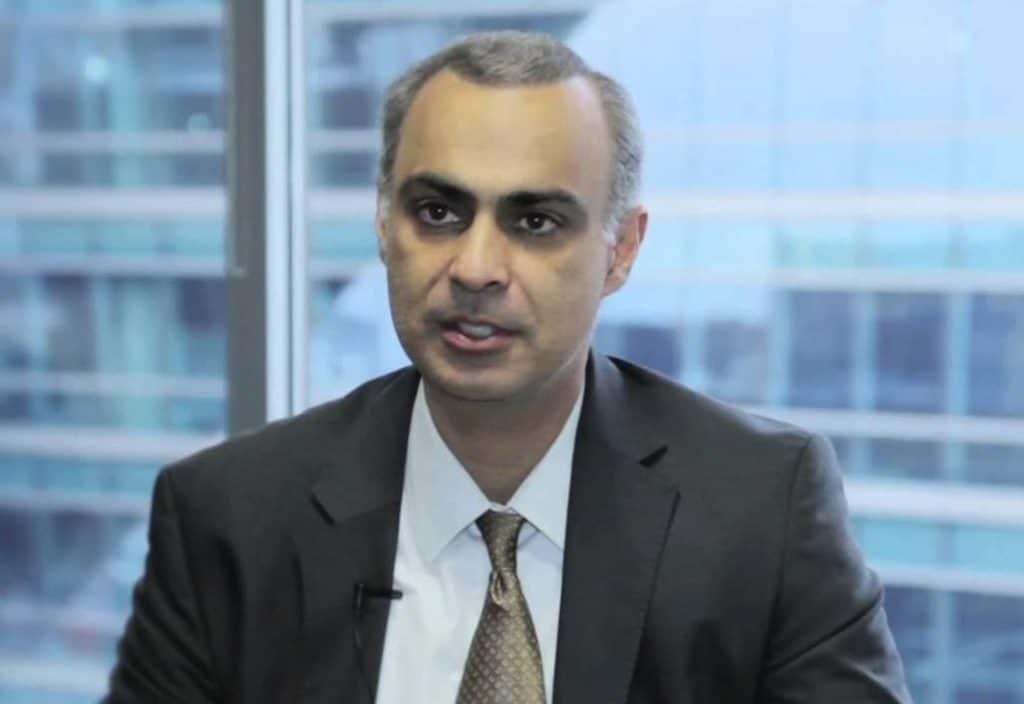
PPRS to remain in UK, but drug growth curbed
pharmafile | November 6, 2013 | News story | Sales and Marketing | ABPI, DH, Deepak Khanna, NHS, PPRS
The UK government has announced that the PPRS pricing scheme will largely remain intact, but will have a curb put on just how much the NHS drugs bill can grow by for the next five years.
It was expected that a new pricing scheme – known as Value-Based Pricing (VBP) was set to be agreed and implemented by 1 January next year, but the actual term ‘Value-Based Pricing’ was conspicuous by its absence in both the ABPI and the government’s statement released on Wednesday morning.
In actuality the PPRS remains intact, with NICE set to decide how to implement certain value-based assessments into its appraisal of a new drug’s cost-effectiveness.
This is in sharp contrast to the intentions of the original plans published by the former health secretary Andrew Lansley in June 2010, as he wanted NICE to be severely downgraded and the government allowed to set prices on new drugs based on new definitions of value.
Deepak Khanna, president of the ABPI and head of MSD UK, told Pharmafile: “The agreement has seen the retention of the PPRS, which is something the industry values. This allows us to keep hold of free pricing and renegotiate the deal every five years.”
When asked if VBP had been heavily watered down, Khanna said: “In my mind, ‘Value-Based Pricing’ has now changed to ‘value-based assessment’ and the most important thing in this agreement is that NICE will not set prices, and that’s a major difference to what VBP wanted.
“The thing for the industry is that it wants to see broader definitions of value and how we look at value.”
And it will be NICE that will be responsible for these new definitions, and thus will still to play a pivotal role in deciding the future of drug pricing policy. It has been tasked with broadening its remit to incorporate certain elements of VBP, but NICE’s Board has yet to decide how and when it will do this, as it is still out for consultation.
The new system hinges on the outcome of this, and though the start date for the next PPRS will be 1 January next year, just how new drugs will be assessed by NICE may not be clear for some months after this date.
Khanna added: “They [NICE] haven’t decided what these definitions will be yet, but we hope that NICE will seize this opportunity to broaden its classification of value. There is also a partnership agreement that is being done between NICE and the industry, where I’m hopeful there will be a collaborative approach to this.”
Khanna says the way the system looks now – as a value-based assessment scheme – is the best compromise as it allows the best elements of the PPRS to be wedded to the better elements of VBP.
This is in many ways a victory for the ABPI and its members, as it has continually said it wanted to the PPRS to remain with certain elements of VBP left intact.
Not all good news for pharma
But there is still some pain for the industry, as the government has made good on its promise of imposing 15% price cuts on the 10% of the UK industry which is not signing up to the voluntary PPRS scheme. They will also be entered into a statutory scheme to ensure this cuts are imposed – but details of just which companies these are have been made confidential.
There will also be a restriction on just how much the NHS drugs bill will be able to grow over the next five years, but this may not be quite as big as first feared.
An ABPI spokeswoman told Pharmafile the reports from the Financial Times last night (covered on Pharmafile.com) stating the drugs bill will be cut by 3.7% next year were not accurate. Instead, for the next two years of the PPRS scheme the bill will remain flat at 0%, with any extra expenditure expected to be underwritten by the industry.
For the remaining three years of the industry, growth will be capped at 1.8%, 1.8% and 1.9% respectively. After this five-year period a new scheme will again be negotiated between the ABPI and the Department of Health (DH).
The FT may have beeing looking at some future growth forecasts that have the NHS drugs bill grow by around 3.7% next year, meaning a flat rate would be a de facto cut.
But the ABPI said that for 2014 this figure is the midpoint of both the DH and ABPI medicines bill forecast – in subsequent years the figure will be based on actual growth.
Khanna didn’t want to get bogged down in the numbers, but says: “What we have decided is an agreed growth level within the NHS for patented medicines. Depending on the actual growth of the medicines bill the difference between that actual growth and the agreed growth will determine the payment for the industry and for the individual companies every year.
“So depending on the actual bill, and what happens each year until 2019, that will then dictate the payment that each company makes, and they will all make the same percentage payment.”
This deal has been implemented, Khanna says, so that the government feels it has more control over the growth of the drugs bill in these times of austerity, something it has not had in the past.
Price cuts
Whilst not asking pharma to cut the overall bill, this will still impact some smaller firms, the ABPI argues. Those companies that earn between £5 million and £25 million per year will be the hardest hit as the government refused to fund exemptions for manufacturers with these levels of revenue, although they will do for those earning less than £5 million per year.
“This will be extremely tough for these firms,” Khanna says, adding that the government should perhaps re-think its decision on this area, lest it impacts the overall economy by putting SME companies off investing in the UK.
He says that the most important thing for him throughout these negotiations has been the need to convince the government that medicines should be seen as an investment, rather than a cost. “We’ve played our part in keeping the bill sustainable,” Khanna adds, “So now the government needs to do its bit to ensure better access to medicines, and a strong environment for science and research in the UK.”
Falling bill
The NHS drugs bill actually fell by a small margin last year and is now hovering at the £13 billion mark. This fall was due primarily to the large and ongoing patent expiries that are decimating sales for big pharma in the UK and the world, with little in the industry’s pipeline to replace it.
This means that in fact, the bill would most likely remain low or flat naturally without any growth restrictions.
But whilst overall spend has been down medicines used in hospitals – notably biologics for cancer and autoimmune disorders – have grown exponentially at around 7% each year, and make up around £4 billion of the £12.9 billion bill. It is this sort of the growth the government will want to curb in the future.
The UK government said in a statement: “The new plans mark a significant saving for the taxpayer when compared to an average growth of 5% in previous years.”
It went on: “The previous agreement [by the Labour government] generated savings through an agreed price cut on branded medicines sold to the NHS but with no upper limit on overall cost. The bill for branded medicines will now grow at an agreed level, the NHS will spend up to the agreed amount and any cost above that level will be absorbed by the industry.”
The DH said that the demand for medicines “has grown steadily in the UK” and is expected to increase further as more people live longer. “So the new arrangements will allow the NHS to make better use of its precious resources,” it said.
Ben Adams
Related Content

NICE recommends migraine treatment for NHS use
The National Institute for Health and Care Excellence (NICE) has shared draft guidance recommending AbbVie’s …

Novo Nordisk launches Wegovy in the UK
Novo Nordisk has today announced that Wegovy (semaglutide injection) is now available in the UK …

Bristol Myers Squibb’s Sotyktu recommended for NHS use for adult patients with psoriasis
Bristol Myers Squibb (BMS) has announced that the National Institute for Health and Care Excellence …








